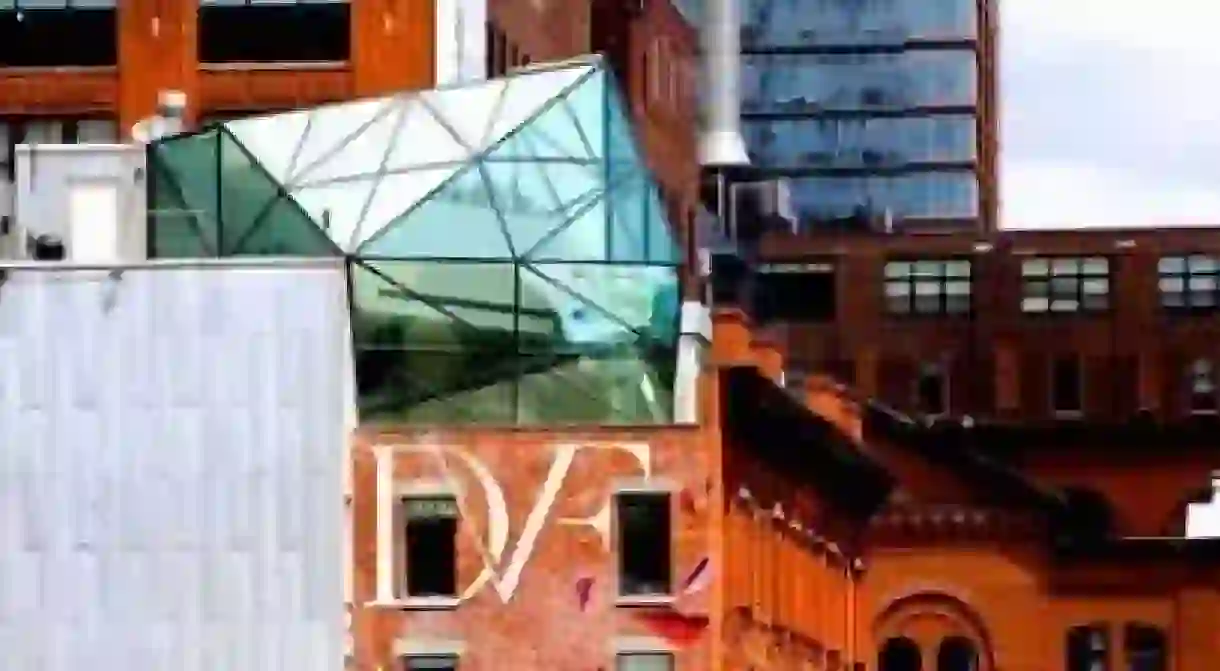10 Stunning Contemporary Buildings In NYC

New York is a center of creativity that consistently attracts forward thinking individuals. An energetic city that is constantly evolving, contemporary architects innovate new, dynamic spaces that mark the New York City skyline. Check out our guide to ten incredible buildings that demonstrate the diversity of contemporary architecture in New York City.

Diane Von Furstenberg Headquarters
Building, Store

HL23 Building/Chamber Art Gallery
Art Gallery, Building

IAC Building
Building

8 Spruce Street
Frank Gehry won the Emporis Skyscraper Award in 2011 for this building and for some, it look as if its melting away and others might see it as a vertical wave. It is similar to the IAC building in that he uses glass and steel to create a dynamic design. The building is 870 feet tall and the façade is comprised of 10,500 steel panels that differ in shape. Additionally, the windows beneath the steel drape are fitted together in different angles, thus in combination with light reflections, as you change perspective the image is ever changing. The spirit of the building is summed up perfectly by Gehry himself: ‘I designed a building I would want to live in as a New Yorker… You could say this is my love letter to New York City’. Gehry has created another New York City icon, paying homage to the traditional skyscraper form and seemingly melting it away, reflecting New York City’s constantly forward thinking nature.

Bond Street
Building

Hearst Tower
Building

In the lobby, there is a set of escalators that run diagonally through a waterfall, imitating the diagonal lines of the facade. The waterfall is just one example of its many environmentally efficient characteristics. Rainwater is collected from the roof, and stored in gallons, which then provides a natural cooling and humidifier for the lobby. From a distance in Central park, the triangles sparkle with the sunlight, and in the snow it sits a fading sculpture in the sky. A great example of Norman Foster’s ability to not just create works of art, but functional spaces that recycle a cities history into more innovative imageries.
New Museum of Contemporary Art
Museum, Store, Building, Cinema, Forest

Cooper Square
Building, Store

Apple Store
Store

One World Trade Center
Building, Memorial














